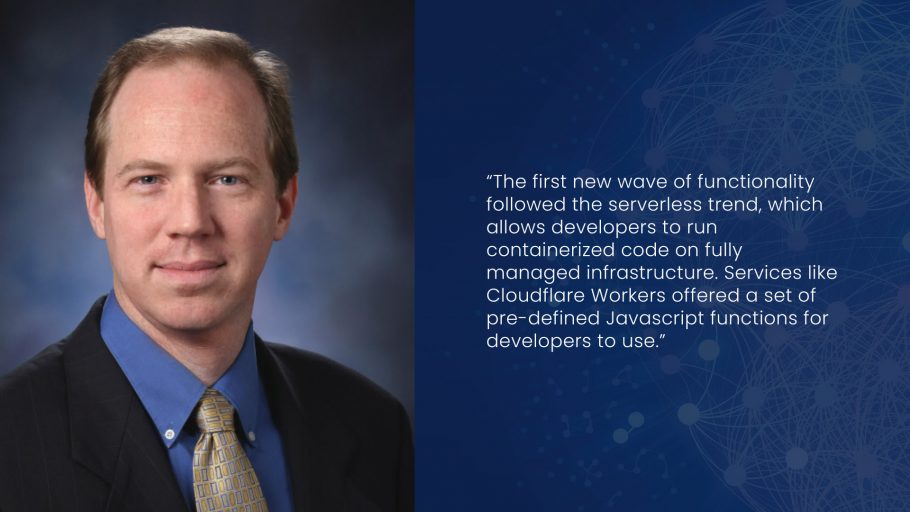Tech IPOs have been headlining financial news in 2019, but not always for good reasons. Uber and Lyft have both been on a downward slide since their IPO debut, as the billions of dollar losses reflected in the earnings reports. For the kind of potential growth story investors can love, Wall Street might want to look to edge computing IPOs instead. Out of 24 tech IPOs so far this year, two edge computing IPOs—Fastly and Cloudflare—have occurred in 2019, although it would be easy to overlook them as players in the content delivery networks (CDN) market. They provide content delivery services, and are the first two CDN vendors to go public since ChinaCache in 2010. Ironically, ChinaCache is being de-listed from the NASDAQ exchange this year as others join.
CDN IPOs, 1999-Present
| Company | Year of IPO |
| Akamai | 1999 |
| ChinaCache | 2010 |
| Limelight | 2007 |
| CDNetworks | 2005 |
| Fastly | 2019 |
| Cloudflare | 2019 |
The near-term opportunity for Fastly and Cloudflare is the CDN market, which experienced solid growth in 2018. It is expected to grow another 6% to reach $5.3bn in 2019, according to our forecast at Edge Research Group. Looking ahead, edge computing will be a big factor in the market’s growth two to five years down the road.
But, how are Fastly and Cloudflare tied to the edge computing opportunity?
The evolution of the “Edge”
There’s a strong historical and technological connection between the object caching service Akamai, that was first offered in 1998, and today’s vision of edge computing. In fact, almost 20 years ago, Akamai and others referred a CDN as an edge network because the former places resources in several dozens, even hundreds of datacenters around the globe. This gives them an advantage in proximity (and, therefore, latency) to end users compared to a cloud provider with datacenters located in a relatively low number of key cities like San Jose, CA and Ashburn, VA.
Edge computing is also about using compute, network and storage services to provide better end user experience of applications and services. It’s no surprise then that for almost two years customers and investors watched several CDN vendors embrace the terminology of edge computing and serverless computing to pre-empt the ever-expanding reach of cloud providers like Amazon Web Services and Microsoft Azure.
So, what’s the real difference between the earlier CDN edge and a modern edge compute service? In a word: control.

Creating a modern, programmable edge
In the past, CDNs maintained absolute control of their compute and network resources in edge PoPs (points-of-presence). Clients had little control, because running software at the edge could disturb existing services.
Now, with CDNs having embraced edge compute, they are providing clients with the ability to run custom code on the CDN infrastructure. Generally speaking, these services are used to augment the capabilities of an existing application, including content delivery, image resizing, global load balancing and more. They are also event-driven, meaning there is a request from a user, and a response by the application.
A modern, programmable edge service will go further by:
- including policy-based decisions on the exact “edges” that will run an application.
- the ability to support stateful applications i.e. applications that store data over time.
ABOUT THE AUTHOR
Jim Davis is founder and principal analyst for Edge Research Group, covering edge compute service providers as well as cloud-based networking and security services. Advisory services provided for clients include M&A analysis, competitive intelligence, and corporate branding and product positioning strategies.

